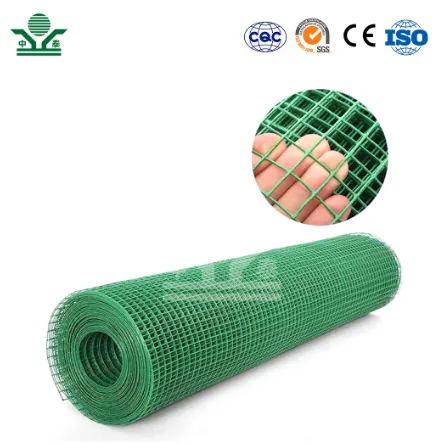Understanding Temporary Fence Pricing What You Need to Know
Temporary fencing plays a crucial role in various scenarios, from construction sites to outdoor events and crowd control situations. It serves to ensure safety, delineate boundaries, and protect assets. However, when it comes to obtaining temporary fencing, one of the primary concerns for customers is the pricing. This article will break down the factors that influence temporary fence prices, helping you make an informed decision for your project.
Factors Affecting Temporary Fence Prices
1. Type of Fencing The price of temporary fences varies widely based on the type of fencing used. Common options include chain-link fences, panel fences, and privacy fences. While chain-link fences are often the most affordable, privacy fencing costs more due to increased materials and labor.
2. Height and Length The dimensions of the fencing needed substantially affect the cost. Standard temporary fences typically come in 6-foot or 8-foot heights, and costs rise with increased height and length requirements. For larger sites or extensive boundaries, these price increments can add up quickly.
3. Rental vs. Purchase Many construction companies and event organizers opt for rental services for temporary fencing rather than purchasing it outright. Rental prices are generally calculated based on the length of time the fencing is needed and may include delivery and installation fees. Purchasing might seem like a more significant upfront cost, but for long-term projects, it could be more economical.
4. Location and Logistics The geographic location of the project can significantly impact cost. Urban areas typically have higher rental rates compared to rural locations. Additionally, transportation fees may apply, especially if the fencing company needs to deliver equipment over a long distance.
5. Permits and Regulations Depending on your locality, you may need permits to install temporary fencing, which can incur additional costs. It's essential to do your due diligence and ensure compliance with local regulations to avoid fines and extra fees down the road.
6. Additional Features Temporary fences can come with extra features such as gates, warning signs, or decorative covers. Each of these adds to the overall cost, so it’s crucial to assess which features are necessary for your specific requirements.
temporary fence price

Pricing Estimates
While specific prices can vary based on the factors mentioned above, here are some general estimates to guide your budgeting process
- Chain-Link Fencing Renting a chain-link temporary fence can cost between $1.50 to $3.00 per linear foot per month. - Panel Fencing This type typically costs between $2.50 to $9.00 per linear foot depending on the height and material. - Installation Fees Many companies charge an installation fee that can range from $100 to $500 depending on the complexity of the setup and location.
Savings Tips
To save on temporary fence costs, consider the following strategies
- Compare Quotes Request quotes from multiple fence rental companies to find the best price and services. - Negotiate Rates Some companies may offer discounts for longer rental periods or bulk orders; don’t hesitate to ask. - Plan Ahead By planning your project in advance, you can take advantage of off-peak rates and potentially lower prices.
Conclusion
Understanding the various factors that contribute to temporary fence pricing will help you budget more effectively for your project. It’s always wise to consider your specific needs, familiarize yourself with local regulations, and seek multiple quotes before making a final decision. Whether you opt to rent or purchase, temporary fencing remains a valuable investment for ensuring the safety and security of your site. By taking the time to research and plan, you can find quality solutions that fit within your budget.
-
Why Galvanized Trench Cover Steel Grating Resists Corrosion
NewsJul.10,2025
-
The Versatility and Strength of Stainless Expanded Metal Mesh
NewsJul.10,2025
-
Load Calculations in Steel Grating Platforms
NewsJul.10,2025
-
Keeping Pets and Kids Safe with Chicken Wire Deck Railing
NewsJul.10,2025
-
Hole Diameter and Pitch for Round Perforated Metal Sheets
NewsJul.10,2025
-
Aluminium Diamond Mesh in Modern Architecture
NewsJul.10,2025
Subscribe now!
Stay up to date with the latest on Fry Steeland industry news.

